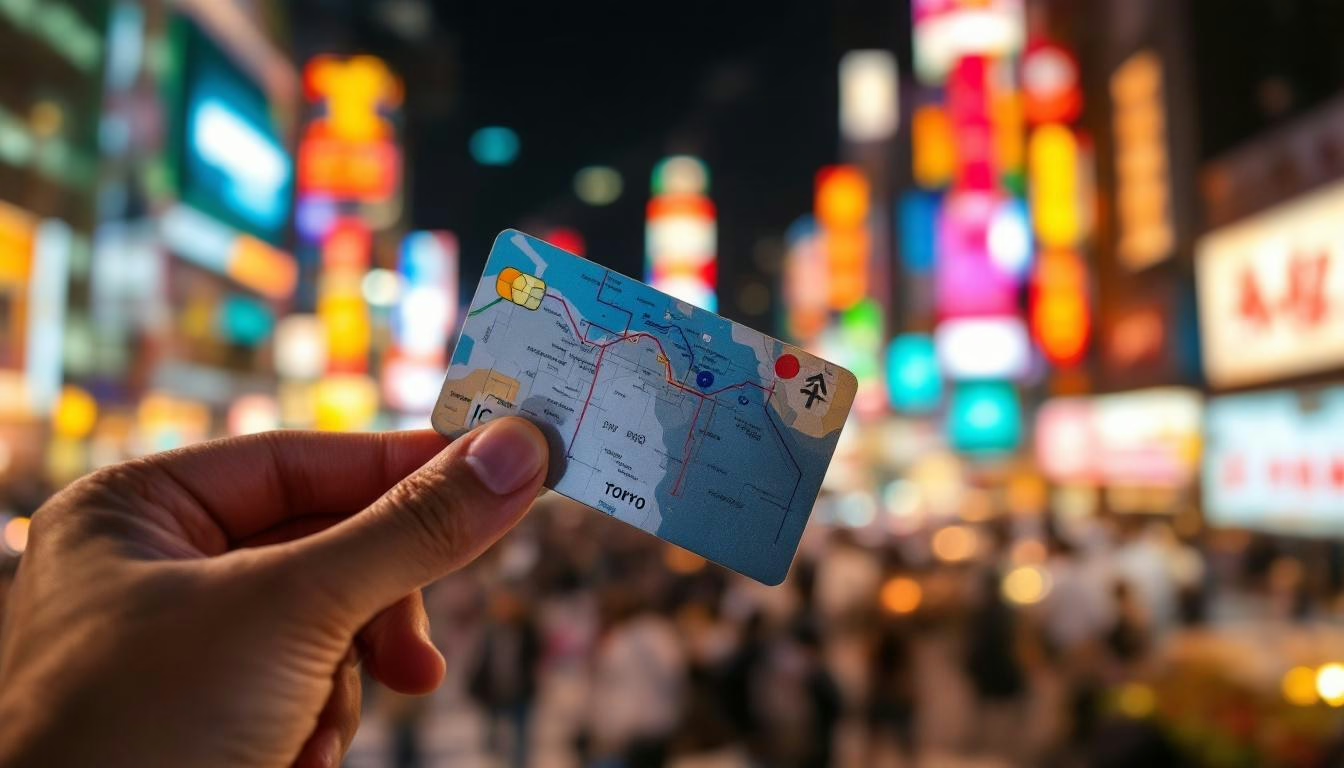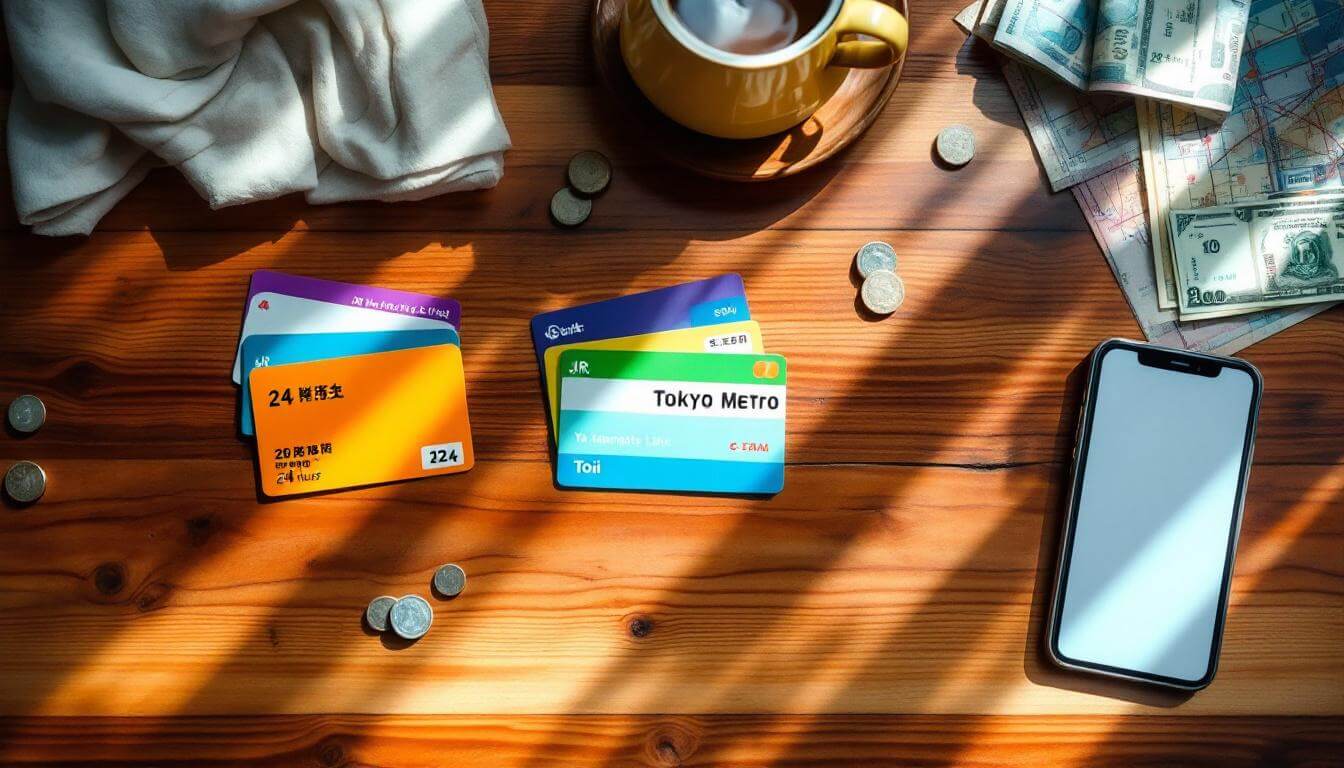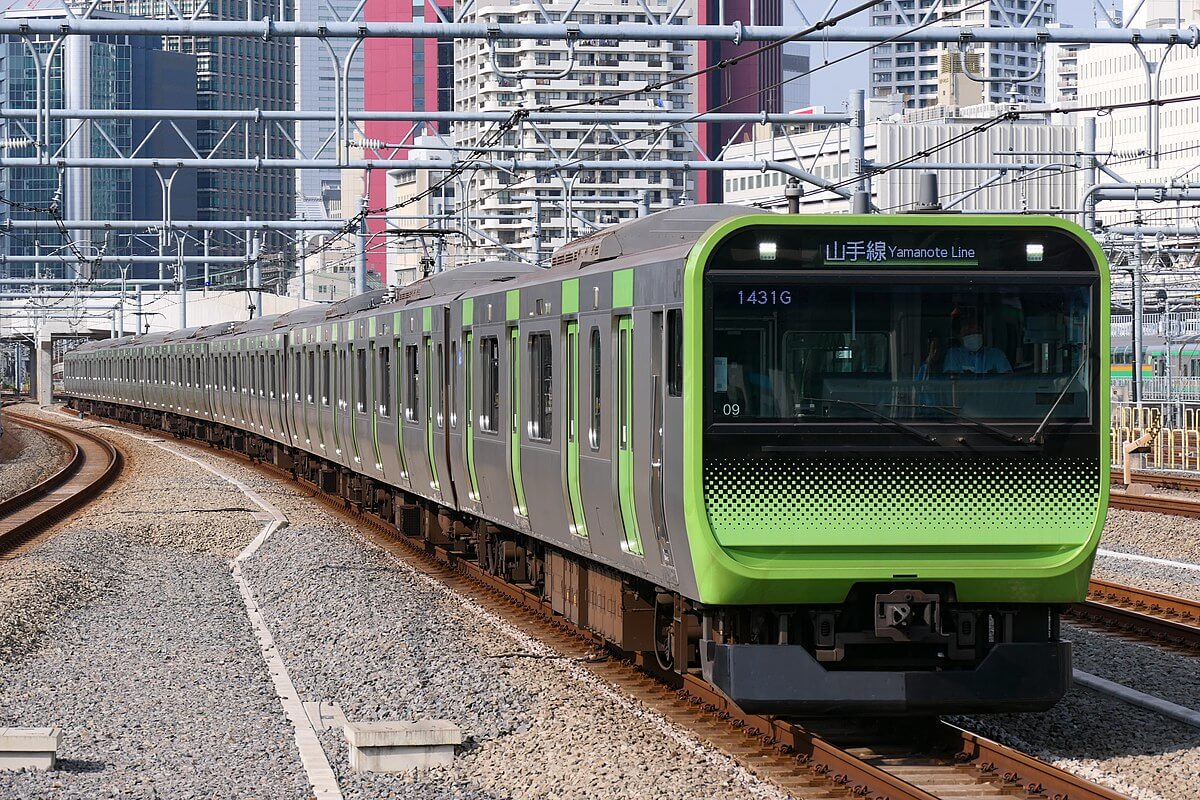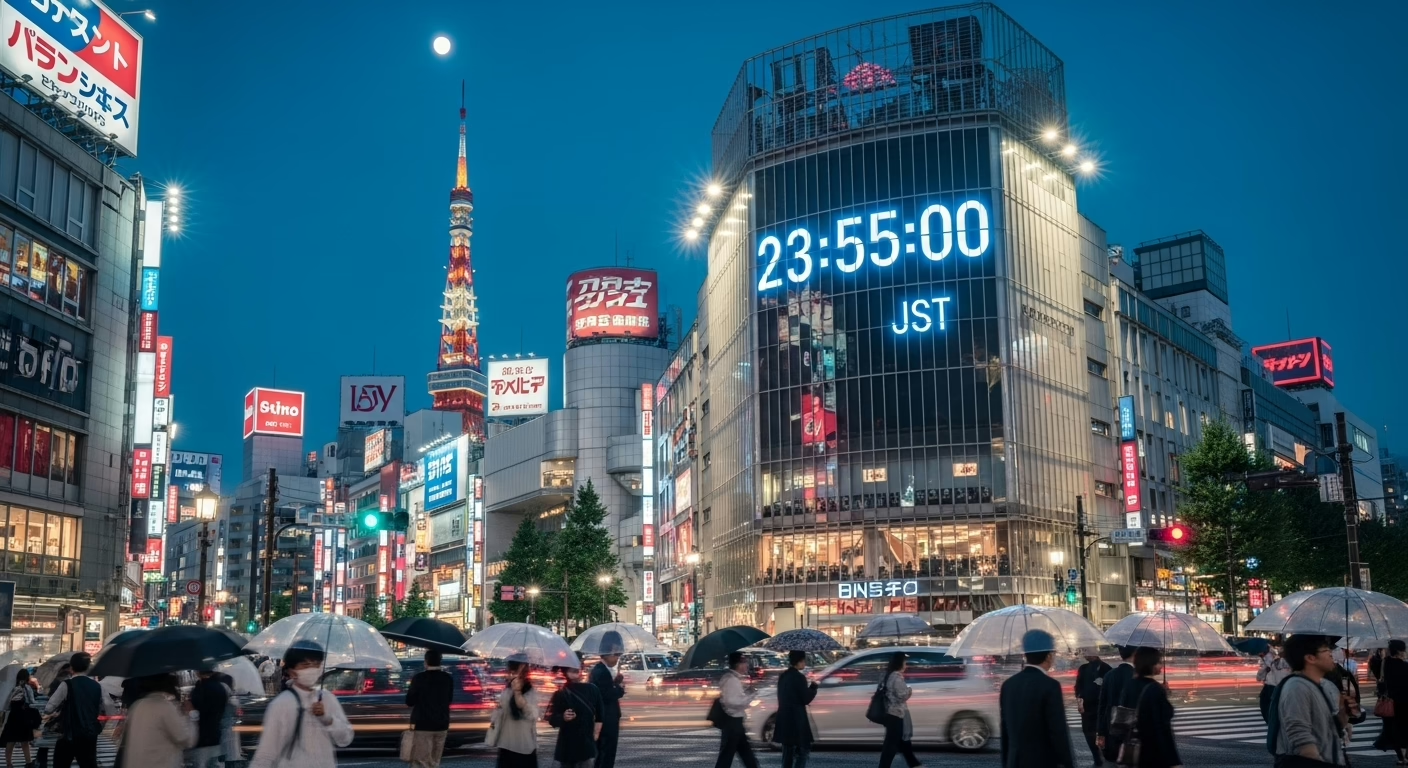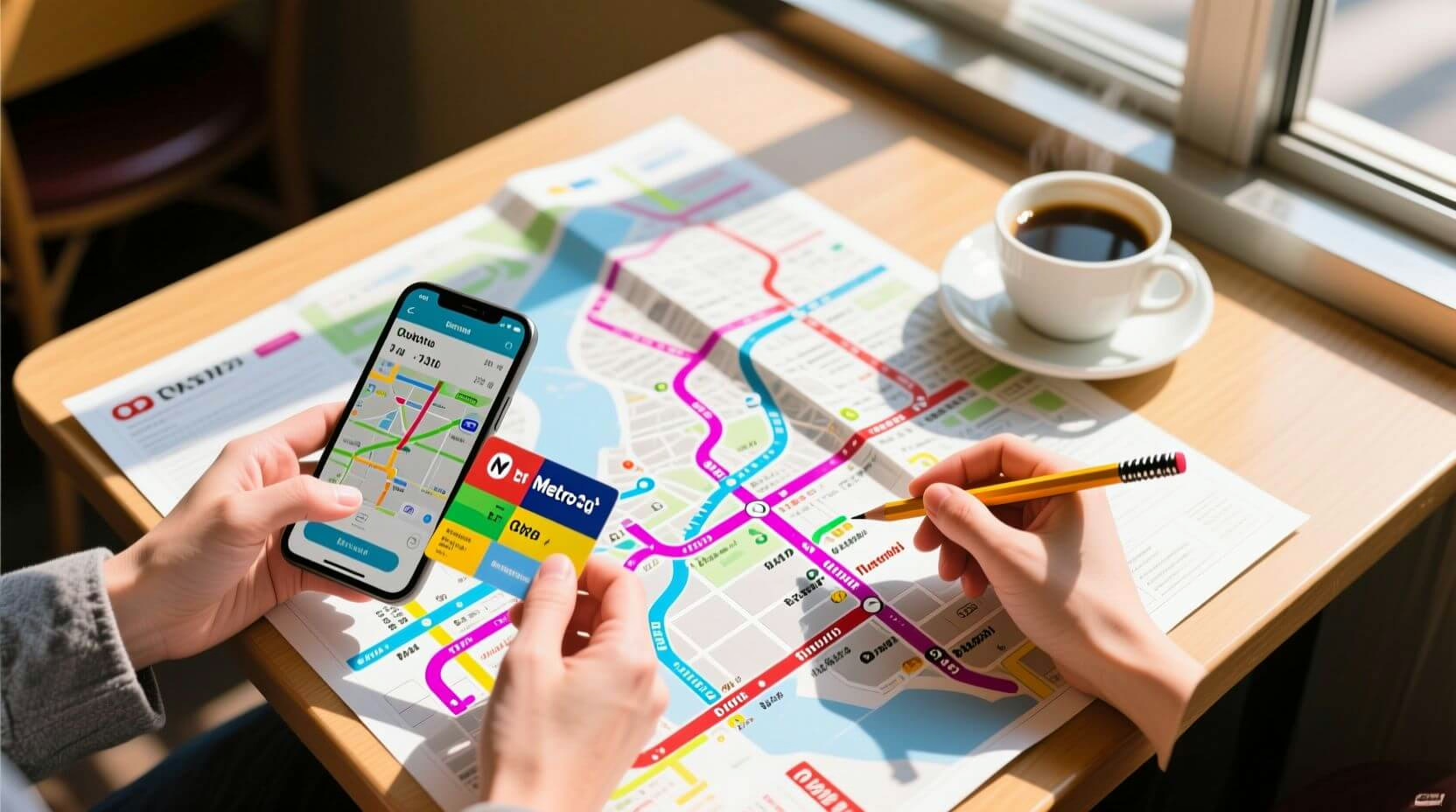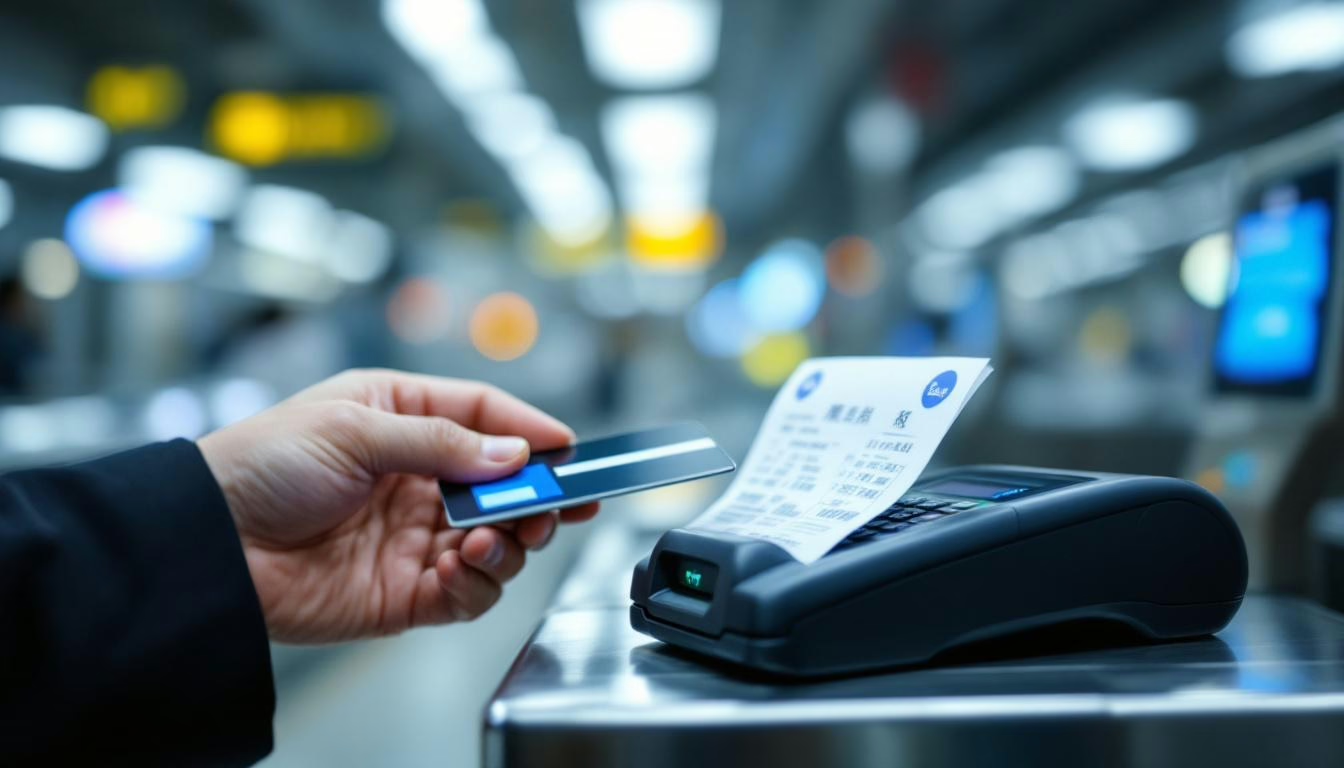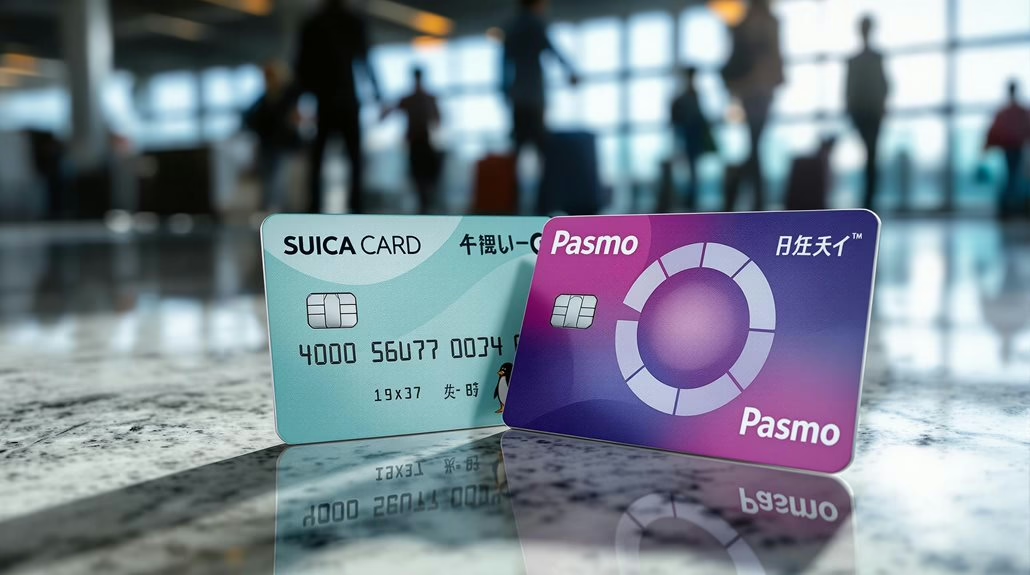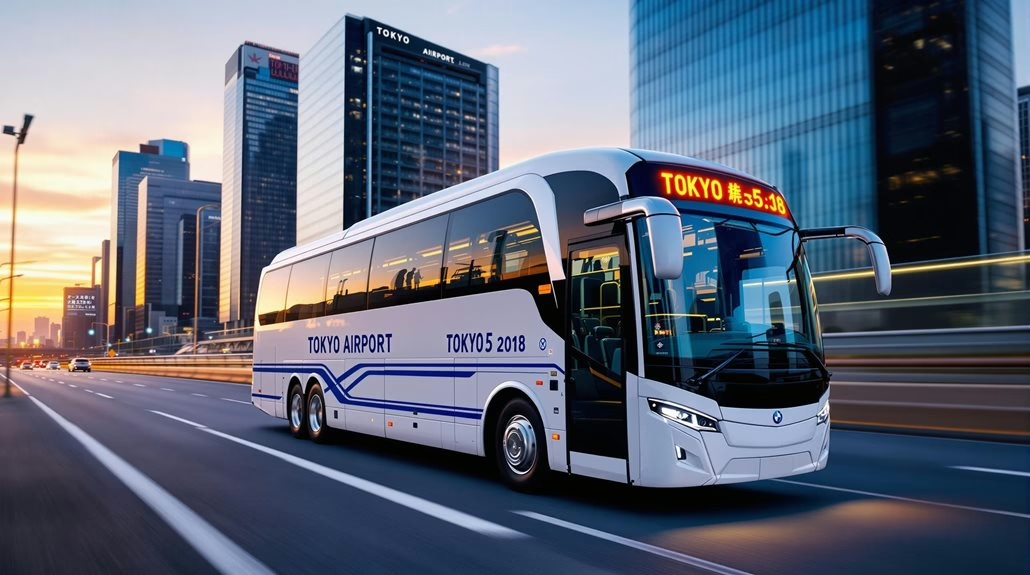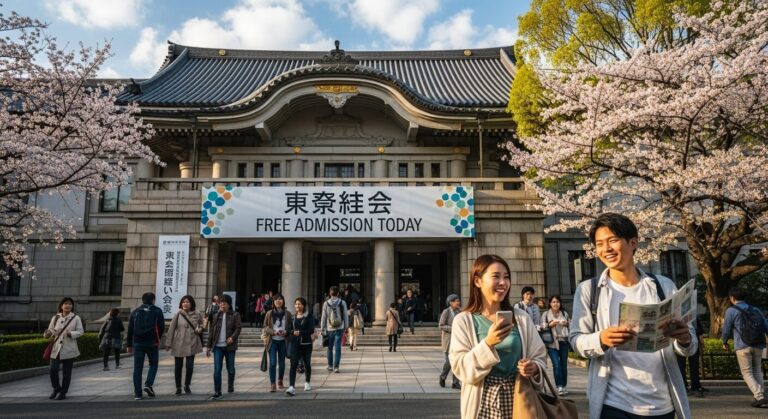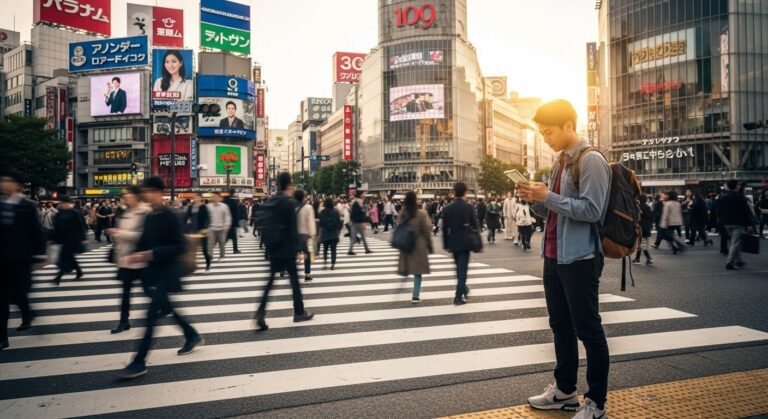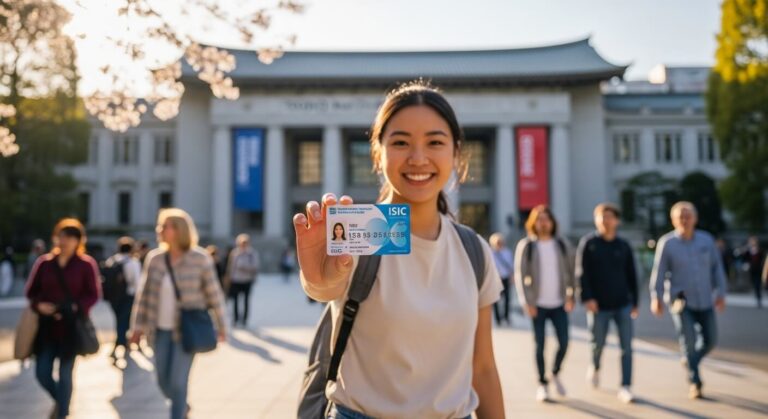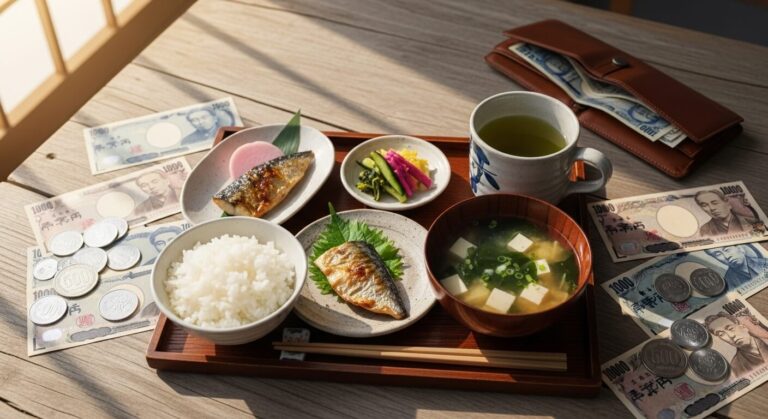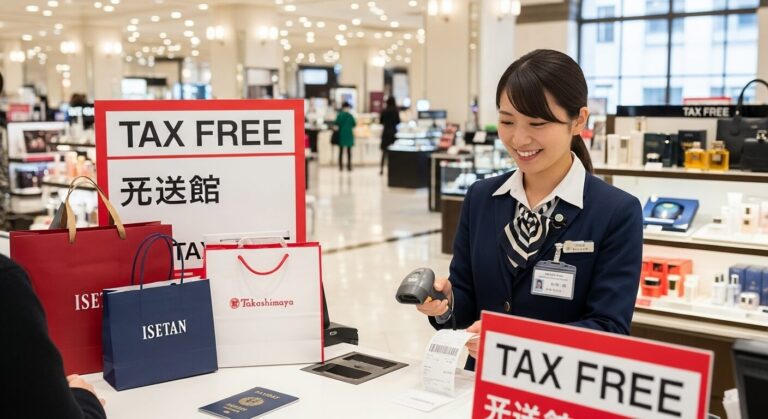Tokyo Public Transportation Day Pass: Maximum Value Guide
Tokyo’s best transit pass depends on your itinerary—the Tokyo Metro 24-hour ticket (¥600) breaks even after just three rides, while the combined Metro/Toei pass (¥900) pays off with four trips.
Planning clusters of Tokyo attractions along single train lines maximizes value, and activating your pass at 9 AM ensures full-day coverage.
Download the Tokyo Subway App before arrival for offline navigation, and remember that IC cards like Suica offer automatic fare discounts without activation timing pressure.
Strategic route planning can save ¥800+ daily compared to individual tickets, and there’s plenty more to optimize.
Key Highlights
Hide- Tokyo Metro 24-hour pass costs ¥600; becomes economical after four rides compared to individual fares of ¥170-200 per trip.
- Cluster attractions along single train lines and start early to maximize unlimited rides and save approximately ¥800 daily.
- Combined Metro/Toei pass (¥900) offers broader network access; JR passes suit regional trips to Yokohama, Nikko, or Hakone.
- Travel outside rush hours (after 9:30 AM, before 5:30 PM) to avoid congestion and explore efficiently with your pass.
- Day passes work on most buses, enabling flexible exploration of hidden neighborhoods like Yanaka and Shimokitazawa inaccessible by train.
Understanding Tokyo’s Public Transportation Network
Tokyo’s public transportation system might look overwhelming at first glance, but here’s the good news—it’s actually broken down into three main networks that work together like a well-oiled machine!
Tokyo Trip Add-Ons
Equip yourself for the ultimate Tokyo adventure with the following add-ons, curated just for you.
The JR Lines handle most of the heavy lifting between major districts and beyond, while private railway companies (including the Tokyo Metro and Toei Subway) crisscross the city in an underground web that’ll get you almost anywhere you need to go.
- How to Save Money on Tokyo Attractions With Discount Passes
- 19 Best Free Things to Do in Tokyo
- Monthly Tokyo Living: Budget Tips for Long Stays
- Tokyo Free Museum Days: When to Visit Without Paying
- Tokyo Department Store Tax-Free Shopping Made Simple
- Tokyo Free Walking Tour Routes: Self-Guided Budget Adventures
- Tokyo Discount Coupon Guide: Where to Find Tourist Savings
And for those tricky spots where trains just don’t reach, the bus network swoops in to save the day, connecting neighborhoods and filling in the gaps like the missing puzzle pieces of your Tokyo adventure.
JR Lines: Your Gateway to Major Districts and Beyond
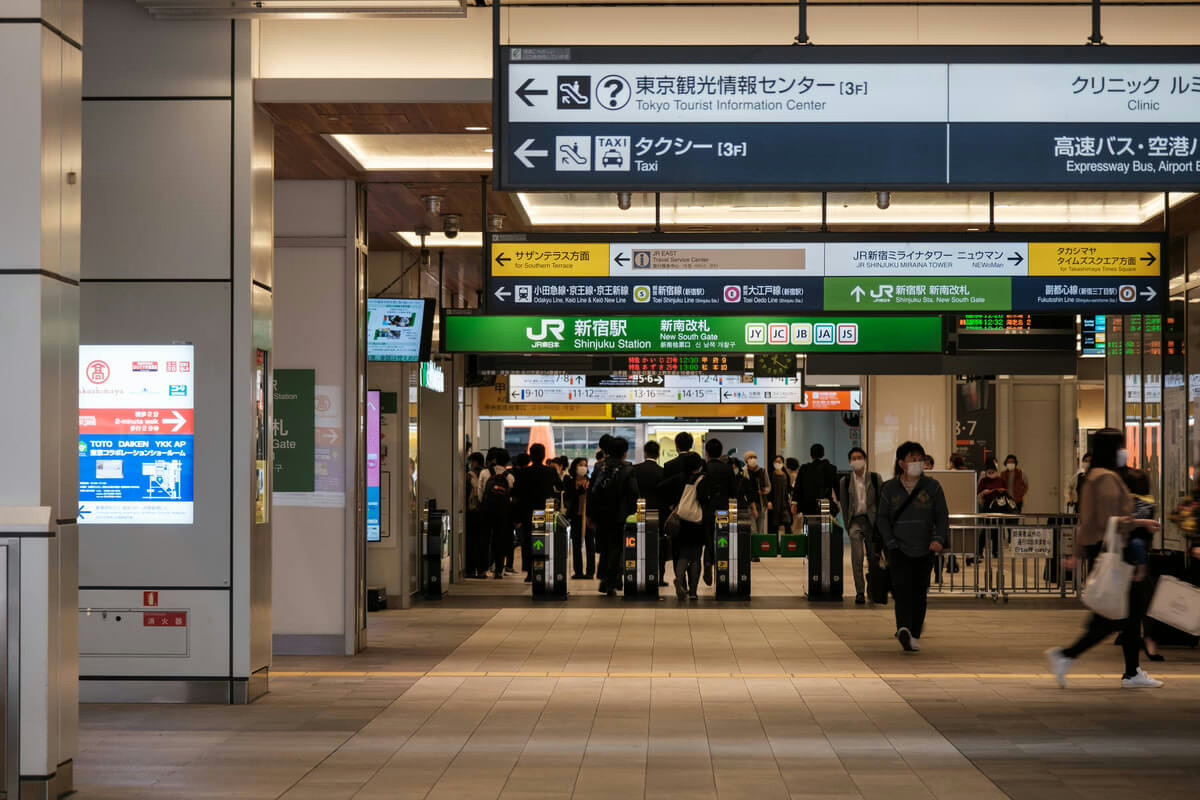
How does one navigate the sprawling metropolis of Tokyo without getting hopelessly lost?
The JR (Japan Railways) network is your answer!
Think of it as Tokyo’s main arterial system, connecting you to everything that matters.
The iconic Yamanote Line loops around central Tokyo, hitting major hubs like Shibuya, Shinjuku, and Tokyo Station.
Trust me, you’ll become best friends with this green line!
Here’s the exciting part: JR stations offer fantastic station amenities—everything from coin lockers to convenience stores.
Plus, various ticket discounts make exploring affordable.
The JR Pass works wonders for tourists, though day-trippers might prefer other options we’ll discuss later.
Want to venture beyond Tokyo?
JR Lines connect you to Yokohama, Mount Fuji, and even faraway cities.
Freedom awaits!
Private Railway Companies: Navigating the Metro Maze Like a Pro
The major players include:
- Tokyo Metro (9 lines, orange “M” logo) – covering central Tokyo’s hotspots.
- Toei Subway (4 lines, leaf symbol) – city-operated lines reaching outer neighborhoods.
- Keio and Odakyu – shooting westward toward Mount Fuji and beyond.
- Tokyu and Keikyu – your express routes to Yokohama and beachside freedom.
Each company’s stations feature unique design elements, making transfers surprisingly intuitive once you recognize the visual patterns.
Bus Networks: Filling the Gaps Where Trains Don’t Reach
While trains dominate Tokyo’s transit landscape with their speed and efficiency, buses quietly perform the essential job of connecting the dots that rail lines miss.
These workhorses reach residential neighborhoods, hillside temples, and quirky districts where laying tracks would be impossible or impractical.
Tokyo’s fleet management guarantees buses run like clockwork—seriously, you can set your watch by them!
The city prioritizes passenger safety through GPS tracking, professional drivers, and accessible low-floor designs.
Trust me, buses offer something trains can’t: street-level views and spontaneous discoveries.
Want to explore Nakameguro’s cafés or Yanaka’s old-town charm?
Buses are your ticket to freedom!
Day passes work seamlessly across most bus networks, making unlimited exploration ridiculously affordable.
Why stick to underground tunnels when surface adventures await?
Day Pass Options That Actually Make Financial Sense
Now here’s where things get exciting—choosing the right day pass can save you serious yen!
Tokyo offers several different pass options, and trust me, picking the wrong one is like ordering a full meal when you only wanted a snack (your wallet won’t thank you).
Let’s break down which passes actually make financial sense based on where you’re planning to explore, because not all passes are created equal.
Tokyo Metro 24-Hour Ticket: When Underground Adventures Pay Off
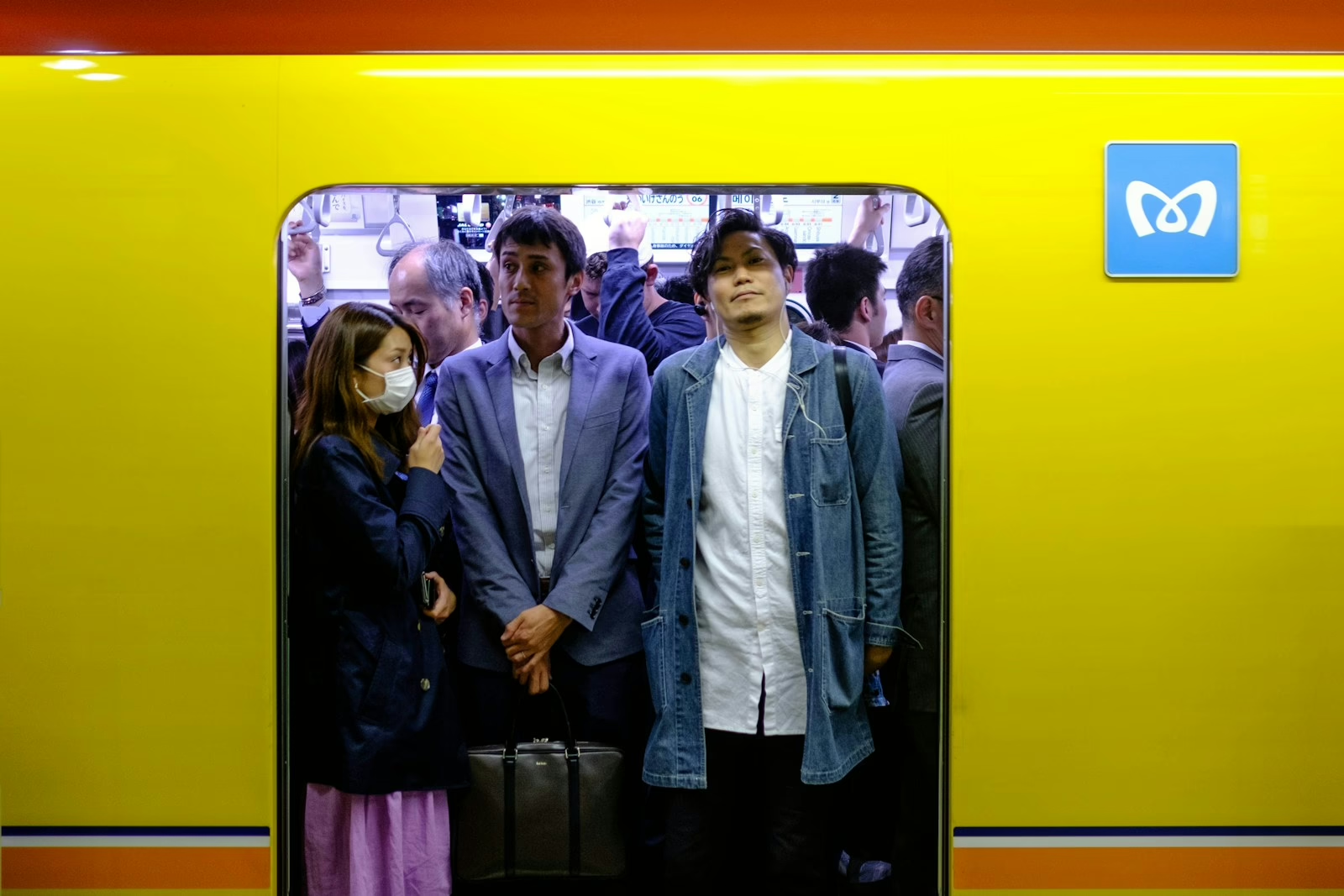
At just 600 yen for unlimited rides across Tokyo Metro’s nine lines, this little ticket might just become your new best friend—but only if you’re planning to actually use it!
The fare comparison is simple: regular single rides cost 170-320 yen depending on ticket zones, so you’ll need just three trips to break even.
Here’s when this pass becomes pure gold:
- Museum hopping across different neighborhoods (Ueno to Roppongi to Shibuya—you’re covered!)
- Food tours that require bouncing between areas without worrying about individual fares
- Rainy days when walking between stations sounds absolutely miserable
- Shopping expeditions spanning multiple districts
Trust me, the freedom to spontaneously hop on and off trains without calculating costs?
That’s vacation mode activated!
JR Yamanote Line Pass: Circling the City’s Hottest Neighborhoods
The Yamanote Line doesn’t technically have its own dedicated day pass, but travelers can access this iconic green loop through the JR Tokyo Wide Pass (¥2,670) or the more budget-friendly Tokunai Pass (¥760)—and here’s where things get interesting!
The Tokunai Pass opens up 23 stations on the Yamanote loop, hitting major Tokyo neighborhoods like Shibuya, Shinjuku, and Harajuku.
Break-even point?
Just three rides.
Trust me, you’ll crush that exploring Tokyo’s electric streets!
Station amenities along this route are fantastic—clean bathrooms, convenience stores, and lockers galore.
Pro tip: combine this pass with ticket discounts available through hotel concierges or tourist information centers.
The freedom to hop on and off without mental math at every station?
Absolutely priceless for spontaneous adventurers!
Greater Tokyo Pass: Going the Distance for Suburban Treasures
Why settle for central Tokyo when some of the region’s most breathtaking temples, hot springs, and mountain views hide just beyond the city limits?
The Greater Tokyo Pass accesses adventures that most tourists completely miss—and trust me, your Instagram will thank you later!
Top destinations worth the journey:
- Nikko’s UNESCO shrines – ornate temples nestled in misty mountains
- Hakone’s steaming hot springs – volcanic landscapes meet traditional onsens
- Kamakura’s giant Buddha – coastal charm with ancient history
- Kawagoe’s Edo-era streets – time travel without the DeLorean
This pass covers multiple train lines stretching across the Kanto region.
You’ll catch local festivals and seasonal events that showcase authentic Japanese culture.
Spring brings cherry blossoms; autumn delivers fiery maple leaves.
Ready to escape the concrete jungle?
Combined Passes: Mixing and Matching for Maximum Coverage
Want maximum freedom?
Grab a subway pass for city exploration, then add single JR tickets for specific trips to Nikko or Kamakura.
Trust me, this beats buying an expensive all-in-one pass you’ll barely use.
Calculate your planned routes beforehand using apps like Hyperdia.
Smart mixing means keeping multiple passes in separate pockets—no fumbling at gates!
Calculating Your Break-Even Point for Each Pass Type
Here’s the thing about day passes – they’re only worth it if you actually save money compared to buying individual tickets!
The break-even point is basically the moment when your pass pays for itself, and calculating it requires comparing the cost of single rides against what you’d spend on that shiny unlimited pass.
Trust me, once you understand which routes give you the biggest bang for your buck and factor in how much your time is worth, you’ll know exactly whether to commit to a pass or stick with pay-as-you-go fares.
Single Ride Costs vs Pass Prices: The Math That Matters
Understanding whether a day pass actually saves money comes down to some pretty straightforward math—and trust me, it’s worth doing before purchasing!
The fare comparison between single rides and passes can literally make or break your travel budget.
Here’s your ticket pricing reality check:
- Tokyo Metro 24-hour pass costs ¥600 (break-even at 3 rides of ¥200 each)
- Combined Metro/Toei pass runs ¥900 (needs 4+ rides to justify)
- Average single fare sits around ¥170-200 depending on distance
- Airport express tickets aren’t included in any standard pass
Calculate your planned route costs beforehand.
Got five stops planned?
That pass pays for itself!
Just heading somewhere and back?
Single tickets win every time.
High-Value Routes That Justify Your Pass Purchase
Knowing the break-even numbers matters, but some tourist routes practically scream “buy the pass!” because they stack up distance costs faster than you can say “Shinkansen.”
Take the classic first-day Tokyo circuit: Asakusa (Sensō-ji Temple) to Shibuya Crossing, then Harajuku, followed by Shinjuku Gyoen, and ending at Tokyo Tower.
This single day of local sightseeing hits every major line—Ginza, Yamanote, and Toei subways—racking up approximately ¥1,340 in individual fares.
Your ¥800 pass just saved you ¥540!
Want more?
The cultural landmarks route covering Meiji Shrine, Imperial Palace, Tsukiji Outer Market, and Odaiba spans four different transit operators.
Without a pass, you’re dropping ¥1,520.
With one?
Freedom to hop off spontaneously when something catches your eye.
That’s the real value—unrestricted exploration without fare anxiety.
Time-Based Savings: How Speed Translates to Money
While tourists obsess over ticket prices, they often miss the hidden calculator working against them: time.
Every minute spent fumbling with ticket machines or calculating fare discounts during peak hours costs real money—especially when you’re paying hotel rates by the night!
Here’s how speed creates actual savings:
- The 5-Minute Rule: Each transaction at a ticket machine averages 5 minutes. Make six trips daily? That’s 30 minutes lost to machines instead of experiencing freedom.
- Peak Hours Premium: Rush-hour congestion means longer waits without fare discounts to compensate.
- Decision Fatigue: Constantly calculating fares drains mental energy you’d rather spend exploring.
- Hotel Night Division: Wasting two hours daily equals 8% of your hotel cost—pure waste!
Trust me, unlimited passes buy liberation, not just rides.
Strategic Route Planning in Tokyo for Maximum Pass Value
Getting the most bang for your buck from a Tokyo day pass isn’t just about hitting enough stations to break even—it’s about smart planning that turns your travel into an adventure!
The secret lies in mapping out an itinerary that clusters attractions efficiently, dodging the infamous rush hour sardine-can experience (trust me, you don’t want to be squeezed between salarymen at 8 AM), and discovering incredible spots that tourists using single tickets would never bother visiting.
With the right strategy, that unlimited pass becomes your golden ticket to neighborhoods and experiences that would otherwise seem too far or too expensive to reach.
Creating Your Perfect Tokyo Day Itinerary
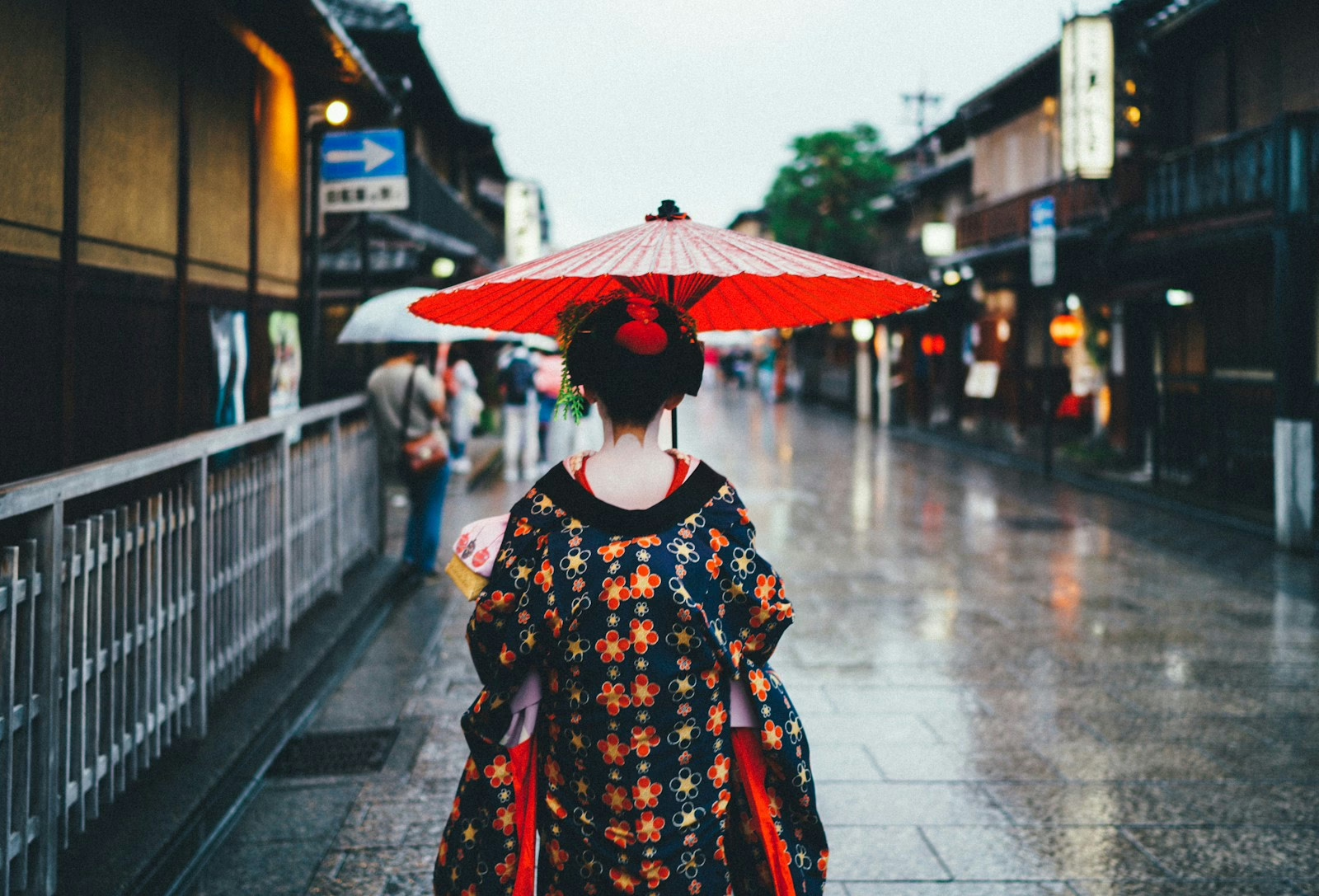
The secret to maximizing a Tokyo day pass isn’t just buying it—it’s plotting a route that would make a military strategist proud!
Think of it as your ticket to unrestrained exploration across this incredible city.
Here’s how savvy travelers craft their perfect day:
- Start early at outer districts (Asakusa or Shibuya) before tourist crowds arrive
- Hit 5-7 major attractions strategically clustered along train lines
- Build in local cuisine stops at neighborhood spots between destinations
- Check cultural festivals happening that day for spontaneous detours
The beauty? You’re not locked into anything!
Saw something interesting? Jump off and explore.
That’s the freedom these passes deliver.
- Full-Day in Tokyo: Perfect for Couples on a Luxury Budget
- 2-Day Luxury Tokyo Itinerary in Autumn for Solo Travelers
- 5-Day Tokyo Luxury Kid-Friendly Itinerary
- 14-Day Tokyo Luxury Itinerary for Seniors
- 3-Day Tokyo Luxury Itinerary for Solo Travelers
- 2-Day Luxury Tokyo Weekend Trip Itinerary for Couples
- 3-Day Luxury Tokyo Escape for Couples
Trust me, nothing beats hopping trains without calculating fares every single time.
Rush Hour Navigation: Timing Your Travels for Comfort and Efficiency
Anyone who’s experienced Tokyo’s legendary rush hour knows it’s basically a full-contact sport—minus the fun parts.
Peak congestion hits hardest between 7:30-9:30 AM and 5:30-8:00 PM, when trains pack tighter than sardines in a can.
Smart travel timing means maximizing your day pass freedom while keeping your sanity intact.
Start your adventures after 9:30 AM when platforms clear out and breathing room returns.
Why torture yourself when you’re paying for unlimited rides anyway?
Here’s the winning strategy: knock out distant attractions during mid-morning and early afternoon when trains are practically empty.
Save neighborhood exploring for evening rush, when walking beats subway wrestling.
Trust me, you’ll actually enjoy your sightseeing instead of wondering if that stranger’s elbow belongs in your ribcage!
Your day pass works 24 hours—use that flexibility wisely.
Hidden Gems Accessible Only Through Smart Pass Usage
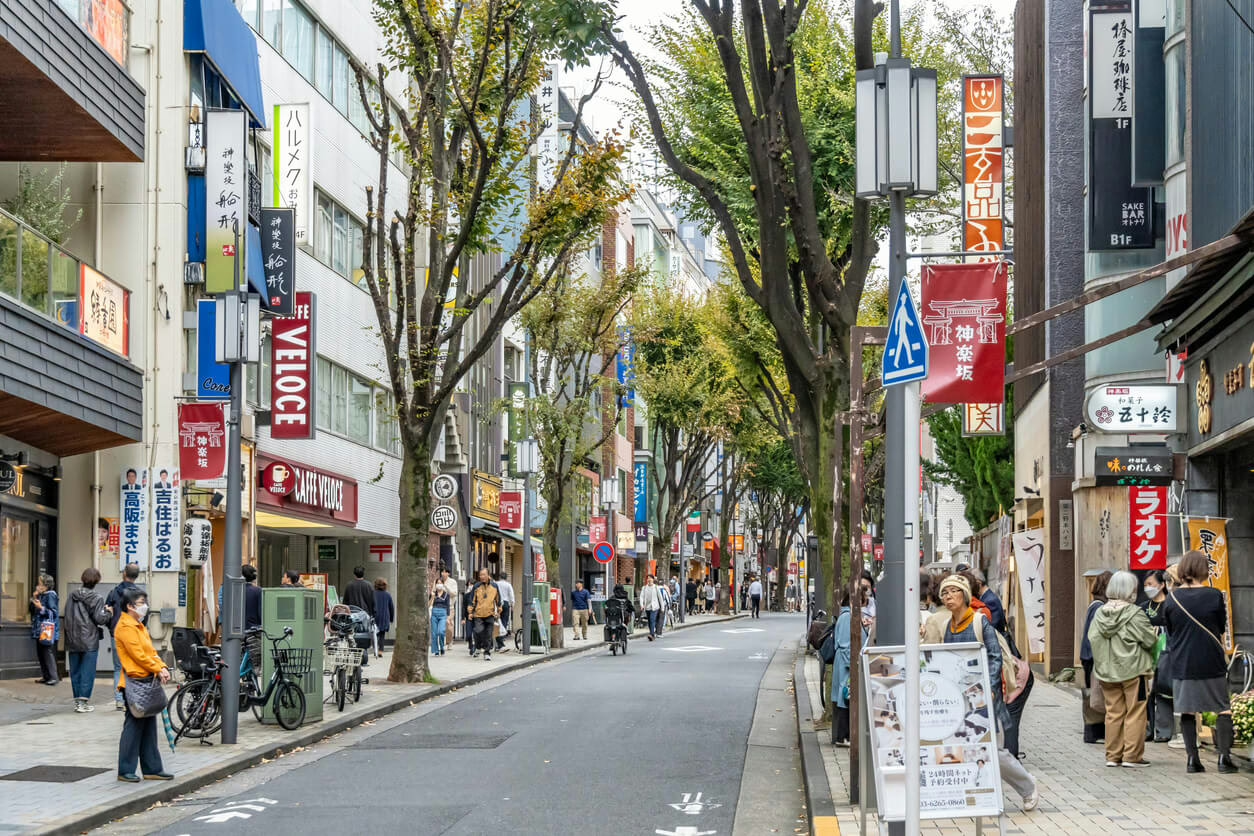
Once those crowds thin out, savvy pass holders reveal Tokyo’s real treasures—quirky neighborhoods and under-the-radar spots that most tourists completely miss.
Your unlimited pass becomes a skeleton key to freedom!
Despite language barriers at smaller stations, these adventures reward the bold:
- Shimokitazawa‘s vintage alleyways – Two stations from Shibuya, yet worlds apart
- Kagurazaka’s hidden French quarter – Where cultural etiquette blends Japanese and European traditions
- Yanaka Cemetery’s peaceful walks – Free exploration through old Tokyo
- Todoroki Valley’s forest trail – A literal urban jungle, accessible by regular trains
Trust me, these spots don’t appear in basic guidebooks.
Your pass eliminates fare anxiety, so hop off anywhere intriguing!
Getting “lost” becomes adventure rather than disaster.
Why stick to Shibuya when your ticket unlocks dozens of authentic neighborhoods?
Digital vs Physical Passes: Choosing Your Tokyo Transit Weapon
The battle between digital and physical passes isn’t just about tech preference—it’s about matching your travel style with the right tools!
Tokyo offers everything from traditional paper tickets to sleek IC cards like Suica and Pasmo (think rechargeable transit cards you just tap and go), plus smartphone apps that turn your phone into a complete transit command center.
The good news is that tourists get special options designed specifically for visitors, so you’re not stuck figuring out the same complex system that confuses even some Tokyo residents.
IC Card Integration: Seamless Travel with Suica and Pasmo
How does one navigate Tokyo’s sprawling transit network without fumbling for exact change or deciphering ticket machines at every stop?
Enter Suica and Pasmo—rechargeable IC cards that eliminate ticket hassles entirely.
These tap-and-go cards work across virtually every train, subway, and bus in Tokyo.
Key benefits of IC cards:
- No pass restrictions on routes or time windows—ride whenever, wherever
- Automatic fare comparison ensures you’re always charged the lowest rate
- Works beyond transit at convenience stores and vending machines
- Refundable deposits mean zero commitment anxiety
Trust me, watching tourists wrestle with ticket machines while you breeze through gates feels pretty liberating!
Load your card with ¥2,000-3,000 to start.
The freedom to hop on any train spontaneously?
That’s the Tokyo experience you signed up for.
Mobile App Solutions: Your Smartphone as Transit Command Center
Your pocket supercomputer doubles as a Tokyo transit ninja toolkit when loaded with the right apps.
Skip those confusing ticket vending machines entirely with mobile ticketing options that put transit power in your palm.
Google Maps navigates Tokyo’s subway maze like a champ, showing real-time departures and transfer details.
Hyperdia calculates complex routes faster than you can say “Shibuya crossing.”
The official Tokyo Subway app works offline—because nobody wants WiFi panic underground!
NAVITIME offers English navigation with walking times between platforms (trust me, you’ll need this).
Download Japan Travel by NAVITIME for all-encompassing route planning that includes buses and trains.
Some apps even let you purchase digital passes directly, eliminating physical cards altogether.
Load these before landing, and you’ll navigate Tokyo like a local commuter!
Tourist-Specific Options: Passes Designed for Visitors
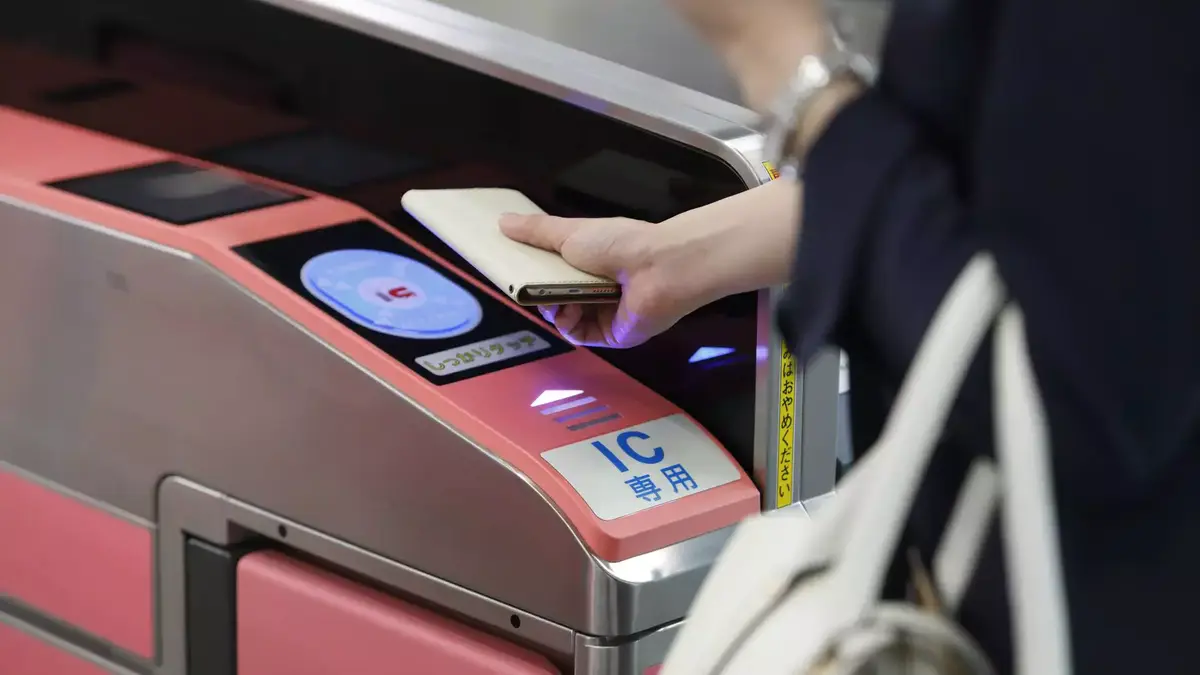
Foreign visitors stepping off planes into Tokyo’s neon wonderland get access to transit passes that Japanese residents can’t buy—talk about VIP treatment!
These tourist-exclusive cards unlock unlimited rides across local transit networks, letting you hop between temples and ramen shops without counting coins.
Top Tourist Transit Passes:
- Tokyo Subway Ticket – 24/48/72-hour unlimited subway access
- JR Tokyo Wide Pass – Three days exploring beyond city limits
- Toei-Metro Combined Pass – Both major subway systems covered
- Welcome Suica – Rechargeable IC card designed specifically for tourists
Most transportation apps now let you compare these options side-by-side.
The beauty?
No complicated fare calculations while jet-lagged!
Just tap and ride wherever curiosity takes you.
Trust me, that freedom transforms sightseeing from stressful navigation into pure adventure.
Money-Saving Hacks Beyond the Standard Pass Options
Smart travelers know that day passes aren’t the only way to slash transportation costs in Tokyo—there’s a whole world of sneaky money-saving tricks that most tourists completely miss!
The secret lies in mastering the art of free transfers between train lines, understanding those magical time windows where switching trains won’t cost you an extra yen, and hunting down those amazing combo deals that bundle your subway rides with attraction tickets at serious discounts.
Trust me, once you learn these hacks, you’ll feel like you’ve discovered Tokyo’s secret cheat codes!
Transfer Tricks That Cut Your Daily Transportation Budget
The secret to slashing transportation costs in Tokyo often lies in understanding transfer discounts—those magical fare reductions that happen automatically when switching between certain train lines within a specific time window.
These fare discounts work behind the scenes, shaving yen off each journey without requiring extra passes or complicated planning.
Smart Transfer Strategies for Route Optimization:
- Stay within IC card networks – Pasmo and Suica automatically calculate the cheapest fare when transferring between compatible lines within 2 hours.
- Use JR-to-subway connections – Major hubs like Shinjuku and Shibuya offer discounted transfer rates between JR and metro lines.
- Avoid exit-and-re-entry – Keep moving through transfer gates instead of exiting stations completely.
- Plan multi-stop trips strategically – Chain your destinations along single routes rather than backtracking.
Trust me, these simple habits add serious savings!
Free Transfer Windows: Timing Your Connections Perfectly
Beyond simply staying within IC card networks, travelers can squeeze even more value from Tokyo’s transportation system by mastering the art of free transfer windows—those precious time limits that determine whether a connection costs extra or comes completely free.
Most transit apps display these windows automatically, showing exactly how many minutes remain before you’ll need to pay again.
Smart riders use this intel to plan bathroom breaks and convenience store runs between trains!
Major stations offer generous 60-90 minute transfer periods, while smaller hubs might only give you 30 minutes.
Want ticket discounts?
Chain your journeys during these free windows instead of exiting and re-entering.
Trust me, understanding these timing tricks transforms your daily commute from expensive to economical—pure transportation freedom!
Combination Deals: Bundling Transportation with Attractions
Why pay full price for attractions when Tokyo’s transportation companies have already done the bundling math for you?
These combo packages offer ticket discounts that’ll make your wallet sing!
- Tokyo Subway Ticket + Sky Tree: Ride unlimited for 24-72 hours AND score 10% off Japan’s tallest tower. Perfect for group travel since everyone saves.
- Toei One-Day Pass + Sumida River Cruise: Navigate underground, then hit the water. The combo cuts costs by ¥400 per person!
- JR Yamanote Line Pass + TeamLab Borderless: Circle the city, then lose yourself in digital art wonderland with bundled savings.
- Keikyu Tourist Pass + Haneda Airport Lounges: Freedom to explore plus comfort—because why choose?
Trust me, these deals beat buying separately every single time.
Common Mistakes That Drain Your Tokyo Transit Budget
Even savvy travelers can torpedo their Tokyo transit budgets through surprisingly simple slip-ups that turn what should be money-saving passes into expensive mistakes.
The three biggest culprits?
Buying the wrong pass for your actual travel plans, mapping routes that zigzag across the city when direct options exist, and forgetting that Tokyo’s transit system has specific time windows where passes either save you a fortune or cost you extra.
Trust me, avoiding these pitfalls is just as important as choosing the right pass in the first place!
Pass Selection Errors That Cost You Money
Most travelers stumble into the same wallet-draining trap: they grab the first pass that sounds convenient without doing the math on their actual travel plans.
Here’s where people lose money:
- Buying unlimited passes for point-to-point trips – If you’re only visiting two neighborhoods, individual tickets cost less than any day pass!
- Ignoring ticket design limitations – Some passes exclude express trains or specific subway lines, forcing you to pay surcharges anyway.
- Forgetting transit etiquette saves cash – Walking short distances between stations instead of transferring cuts unnecessary rides from your daily total.
- Choosing passes based on trip duration – A three-day pass seems smart until you realize two separate single-day passes plus IC card rides cost 40% less.
Trust me, five minutes of route planning beats overpaying every time!
Route Planning Blunders That Waste Time and Cash
Choosing the right pass means nothing if the route itself bleeds money through inefficient connections and backtracking nightmares.
Trust me, zigzagging across Tokyo because you didn’t check which lines connect where?
That’s how budgets die!
Smart travelers plan routes that maximize their pass coverage while embracing eco friendly travel through strategic subway combinations.
Why transfer four times when two gets you there?
Check seasonal transit discounts before mapping your day—sometimes special promotions reward specific route patterns.
The Tokyo Metro app shows real-time connections, preventing those “oops, wrong platform” moments that burn precious minutes.
Plot your destinations geographically, moving in logical circles rather than crisscrossing the city.
Freedom means moving efficiently, not frantically retracing steps through Shibuya Station for the third time today!
Timing Mistakes That Turn Savings into Losses
When travelers activate their day passes at 4 PM thinking they’ll squeeze in evening adventures and morning errands the next day, they’re in for a brutal awakening—these passes expire at midnight, not 24 hours after purchase!
Critical timing mistakes that kill your savings:
- Activating passes on arrival days when jet lag limits exploration to half-hearted wandering.
- Using passes for single long-distance trips when individual tickets cost less (check the math first!).
- Falling for ticket scams near stations that promise “extended validity”—they don’t exist.
- Forgetting ride sharing options for late-night returns when passes have expired.
Trust me, the sweet taste of freedom comes from strategic activation!
Start your pass day at 9 AM when you’re energized and ready to maximize every yen.
Real-World Tokyo Day Trip Scenarios and Cost Breakdowns
Nothing beats seeing how day passes work in real life, so let’s break down four actual Tokyo adventures with exact costs and routes!
Each scenario shows different travel patterns—from temple hopping to bar crawling—so you can spot which one matches your plans.
Trust me, these real-world examples will make it crystal clear whether that ¥600-¥900 day pass actually saves you money or just sits in your wallet looking pretty.
The Culture Enthusiast: Museums, Temples, and Traditional Districts
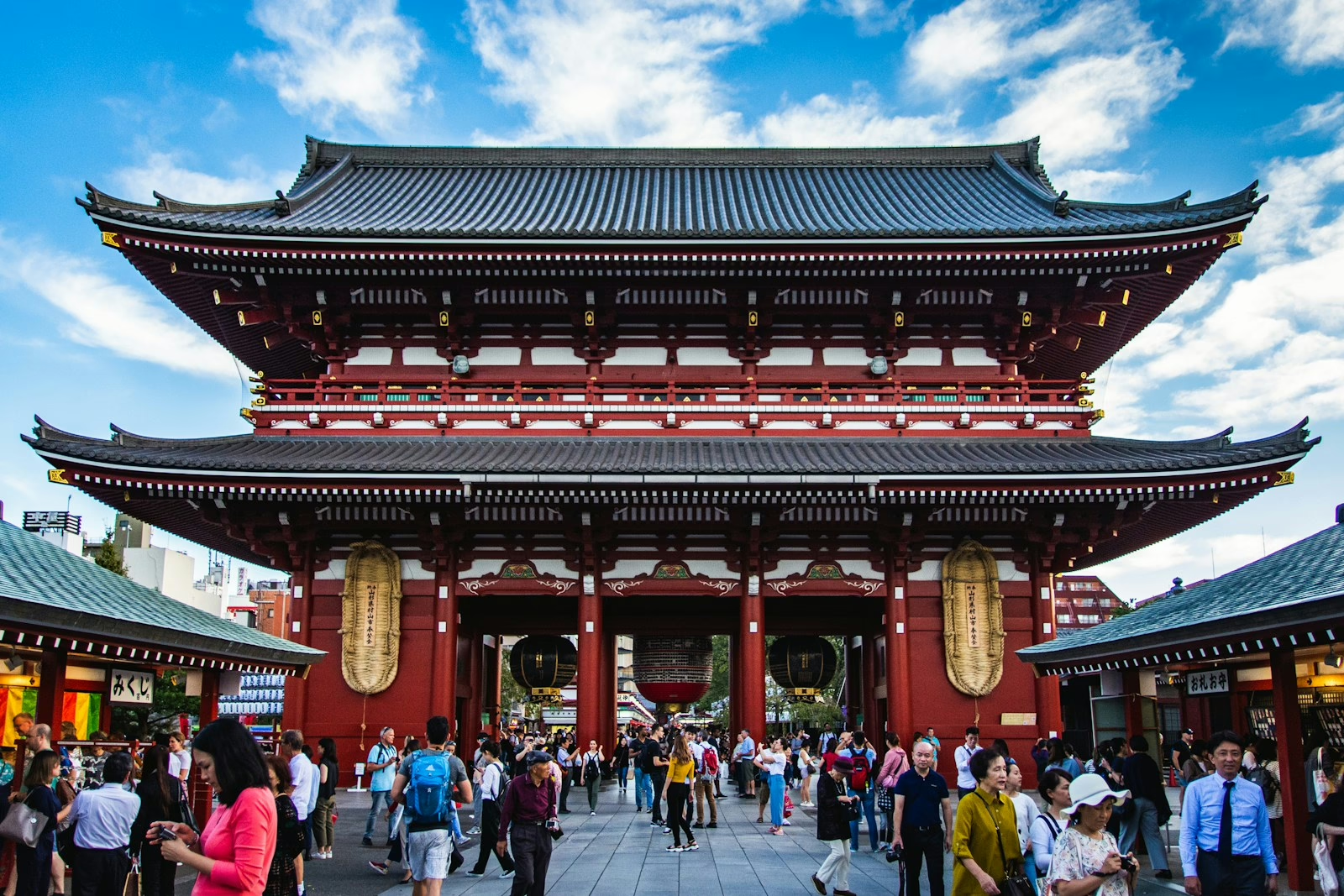
Tokyo’s cultural treasures present a fascinating challenge for day pass economics— Tokyo museums, temples, and traditional neighborhoods are often clustered in specific areas, but getting between these cultural hotspots requires strategic planning.
Sample Culture Route (¥720 in train fares):
- Asakusa’s Senso-ji Temple – Start early before crowds arrive
- Ueno Park museums – Twenty-minute train ride north
- Yanaka traditional crafts district – Walking distance from Ueno
- Omotesando – Evening exploration of modern design
The verdict?
You’re borderline on savings here.
At ¥720, a ¥600 pass doesn’t cover costs.
But here’s the thing—spontaneous tea ceremonies in hidden spots become guilt-free!
That freedom to wander without calculating every fare?
Trust me, that’s where the real value lives for cultural explorers.
The Foodie Adventure: Market Hopping and Restaurant Districts
How much can a dedicated food lover actually save while bouncing between Tokyo’s legendary markets, ramen alleys, and street food districts?
The answer: roughly ¥1,200-1,500 in transportation alone!
A typical foodie route hits Tsukiji Outer Market (subway ¥180), Ameya-Yokocho for local street food (¥210), Kappabashi Kitchen Town (¥180), and wraps up in Golden Gai or Memory Lane (¥200).
That’s ¥770 without the inevitable “wait, I need to go back for takoyaki” detours.
Trust me, those happen!
The unlimited pass transforms nervous budget-watching into fearless exploration.
Spotted an Instagram-worthy dessert cafe three stops away?
Go!
Found souvenir shopping deals in Nakano?
Jump on!
Food adventures demand flexibility—something individual tickets absolutely murder.
The pass delivers culinary freedom without financial stress.
The Shopping Expedition: From Harajuku to Ginza and Back
While food adventures satisfy one appetite, shopping expeditions in Tokyo feed an entirely different hunger—and rack up transportation costs just as quickly.
Tokyo fashion districts spread across the city like a treasure map, and chasing down the best deals means serious train hopping.
The day pass becomes your shopping companion, letting you bounce between Harajuku street style and Ginza luxury without sweating the fare meter.
Here’s your ultimate shopping circuit:
- Start in Harajuku (Takeshita Street chaos and Omotesando elegance)
- Hit Shibuya for trendy department stores and boutiques
- Explore Shinjuku (massive malls and underground shopping labyrinths)
- End in Ginza for upscale window shopping and designer flagship stores
Trust me, without that unlimited pass, you’d spend ¥1,000+ just moving between these hotspots!
The Nightlife Explorer: After-Dark Transportation Strategies
When the sun sets over Tokyo, a completely different transportation challenge emerges—one that catches many visitors off guard and can seriously mess with your budget calculations.
Here’s the deal: most trains stop running between midnight and 1 AM, leaving night owls stranded in Roppongi or Shibuya.
Your day pass becomes useless!
Late night routes get tricky, forcing you into expensive taxis (trust me, a ride from Shinjuku to your hotel can cost ¥5,000+).
Smart travelers consider nightlife safety alongside their transportation choices—stick to well-lit areas near major stations.
The play?
Either catch the last train home or commit to staying out until first trains around 5 AM.
Plan accordingly or watch your savings evaporate!
Wrapping Up
Think of Tokyo’s transit passes like a puzzle—every piece needs to fit your specific travel plans.
Don’t just grab the fanciest pass and hope for the best!
Calculate your routes, know your break-even points, and choose wisely.
Trust me, fifteen minutes of planning saves you serious yen and headaches.
The smartest travelers aren’t the ones with the most expensive passes—they’re the ones who match their pass to their adventure perfectly.

